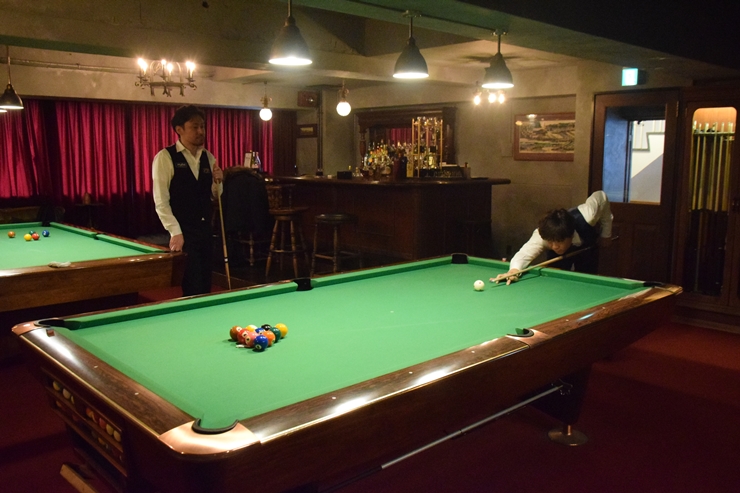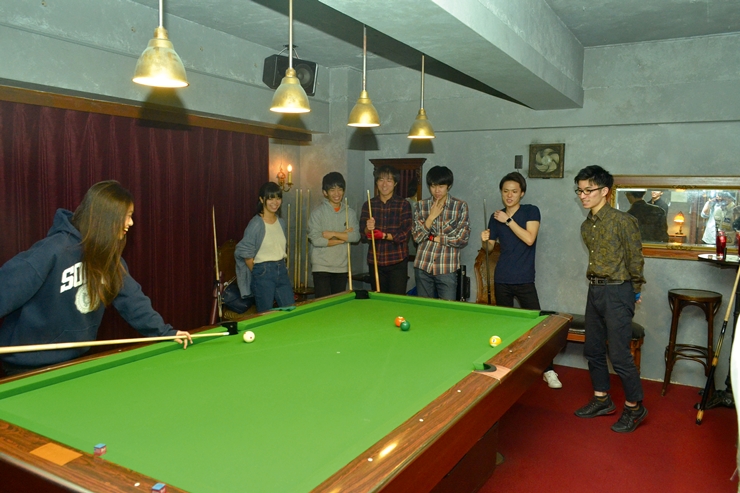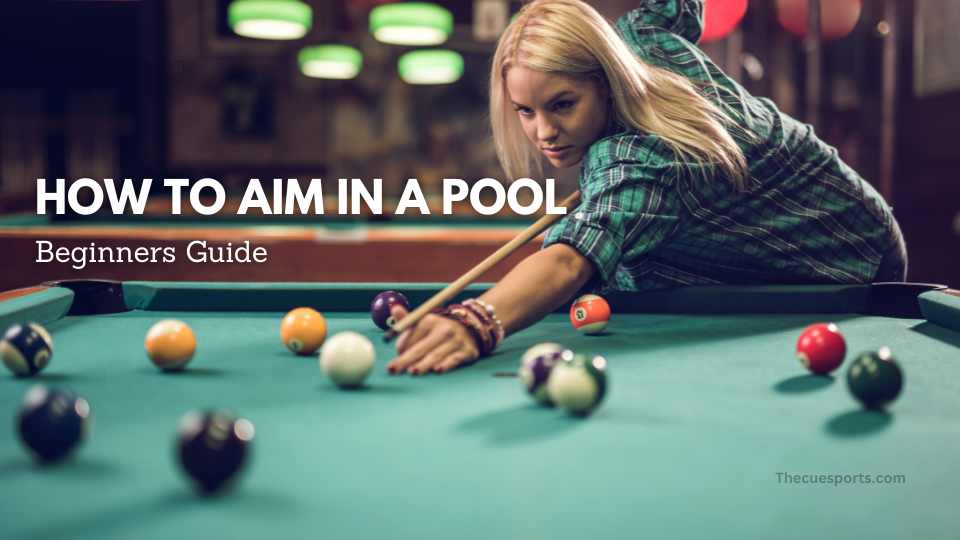9 ball bank pool rules

If you’re a fan of billiards and looking for a new and challenging game to try, then Nine-Ball Banks might be just what you need. Although it shares the same shaped rack as the traditional 9-ball game, the rules are entirely different, making it a game that demands a high level of skill and precision. In Nine-Ball Banks, scoring doesn’t rely on traditional pocketing and combination shots, but rather, it requires players to pocket all target balls using only bank shots. In this article, we’ll delve into the basics of this intriguing game and how to play it effectively.
The Basics of Nine-Ball Banks
Ball Used
Nine-Ball Banks involves nine target balls numbered from 1 to 9 and a cue ball.
Setting Up the Rack
In Nine-Ball Banks, you can position the balls in any arrangement. However, most players prefer to set up a regular 9-ball rack for familiarity.
Game Objective
The primary aim of the game is to pocket five target balls with bank shots in a single rack before your opponent does.
Basic Rule Points
Each target ball is worth 1 point, and all shots, except for the break shots, are considered called shots.
Playing the Game
Step 1: Determining Match Format and Order
Before beginning the game, you’ll need to decide on the format of the match. A player who scores 5 points in a single rack earns 1 point, and one rack (or game) concludes. You can also determine who goes first through a banking shot.
Step 2: From Break Shot to End of Game
The game commences with the first player executing a break shot from any position within the kitchen. A safe break requires that the cue ball hit the target ball at the head of the rack, and at least one target ball crosses the line connecting the side pockets. If this condition isn’t met, the opponent gains control. The game primarily consists of break shots, and if a target ball enters a pocket during a break without fouling, the play continues. However, a target ball pocketed during the break is not scored and is returned to the foot spot during a turn change.
In the absence of fouls or pocketed target balls during the break, players take turns, pocketing target balls using only bank shots. The player who successfully pockets five target balls first wins the rack.
Key Rules for Enjoyable Gameplay
Foul 1: Type of Foul
In Nine-Ball Banks, a foul occurs when the cue ball fails to make contact with any target ball (no-hit) and if, after making contact with the target ball, the cue ball doesn’t reach the cushion (no cushion). When a foul is committed, one point is deducted, and a previously pocketed target ball is returned to the foot spot. For all other fouls, play resumes from the current position.
Foul 2: If You Foul
If a foul is committed during the game, the player incurs a one-point deduction, and an already pocketed target ball is returned to the foot spot. For scratches, handouts of bounds, and break shot fouls, the opposing player can place the cue ball anywhere in the kitchen.
Original Rules
Two original rules are observed in Nine-Ball Banks:
- Invalid Shot: Any shot, including bank shots, is considered invalid if it is pocketed after hitting another target ball.
- When Other Target Balls Are Pocketed at the Same Time: If multiple target balls are pocketed simultaneously during play, the game continues if there are no fouls at the time of the shot. However, target balls other than those called and pocketed at the time of the turn change are returned to the foot spot.
Common Fouls in Pocket Billiards
In addition to specific fouls related to Nine-Ball Banks, it’s essential to be aware of common fouls that apply in various pocket billiards games:
- Scratch: When the cue ball falls into the pocket, either directly or after hitting a target ball, it’s considered a foul.
- Touching the Ball: When shooting, you can only touch the cue ball with the leather tip attached to the cue tip. Touching any other part or the target ball is a foul.
- Outside the Ballpark: If the cue ball is shot off the table and causes the target ball to go off the table, it’s a foul.
- Double Hit: During a single shot, the cue ball can only be touched once. Hitting the cue ball multiple times during a shot is a foul.
- Both Feet Leave the Floor: At the moment of the shot, at least one foot must be touching the ground. If both feet are off the ground during the shot, it’s a foul.
- Adding a Landmark: Placing any object as a reference point to aim during a shot is considered a foul.
In conclusion, Nine-Ball Banks is a unique and challenging variation of pocket billiards, requiring precision and strategy. Understanding the rules and avoiding fouls are essential for an enjoyable and competitive game.
Frequently Asked Questions
1. Is Nine-Ball Banks similar to regular 9-ball billiards?
No, Nine-Ball Banks shares the same shaped rack as 9-ball, but the rules and scoring are entirely different, making it a distinct game.
2. What is the most crucial rule in Nine-Ball Banks?
The most critical rule is to pocket target balls using only bank shots, and players must avoid fouls to win the game.
3. How is the winner determined in Nine-Ball Banks?
The player who pockets five target balls with bank shots first in a single rack is declared the winner.
4. What are some common fouls in pocket billiards?
Common fouls include scratches, double hits, hitting the cue ball off the table, and using objects as landmarks during shots.
5. Can I enjoy Nine-Ball Banks as a beginner?
Nine-Ball Banks can be challenging for beginners, but with practice and an understanding of the rules, players of all levels can enjoy this unique game.




